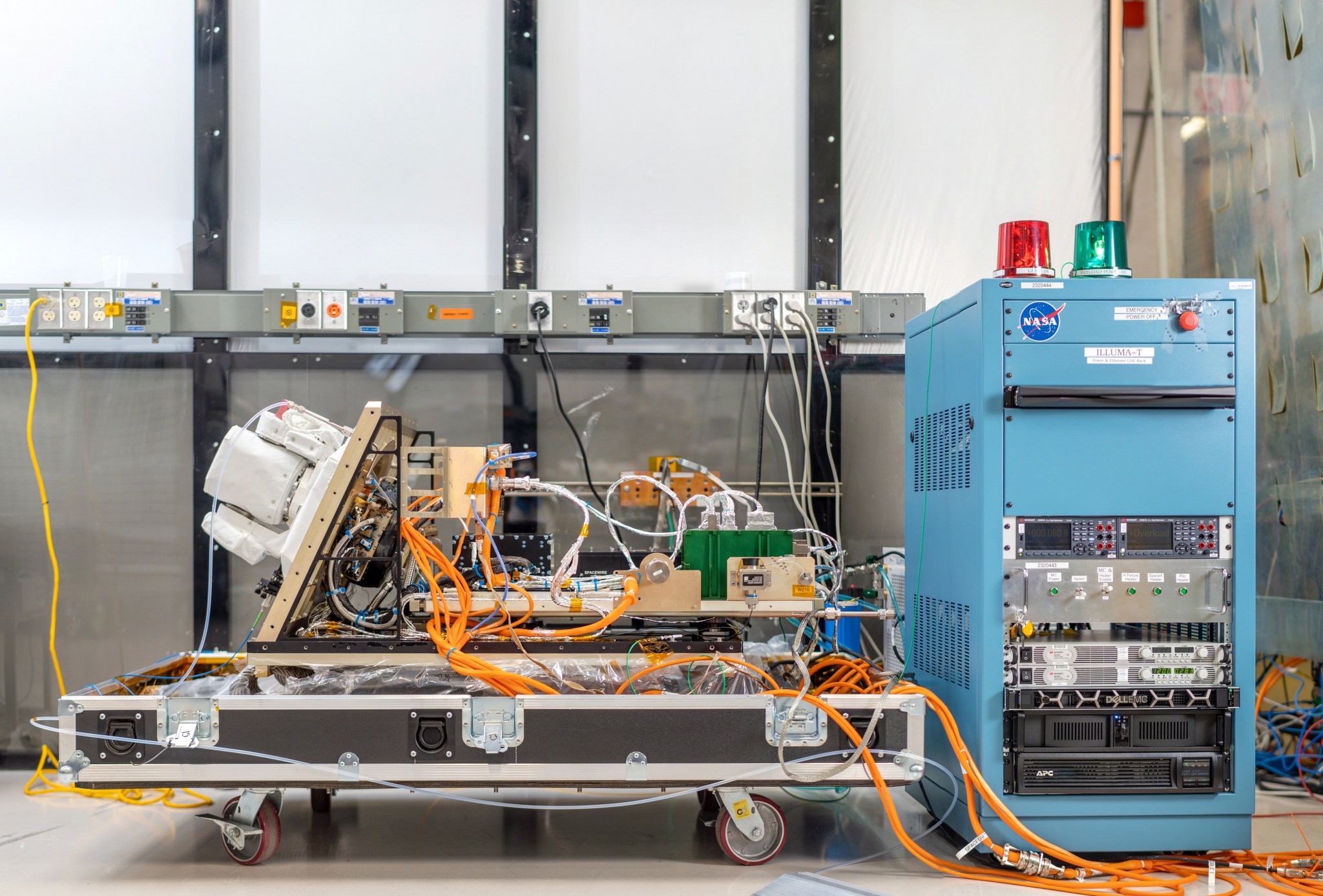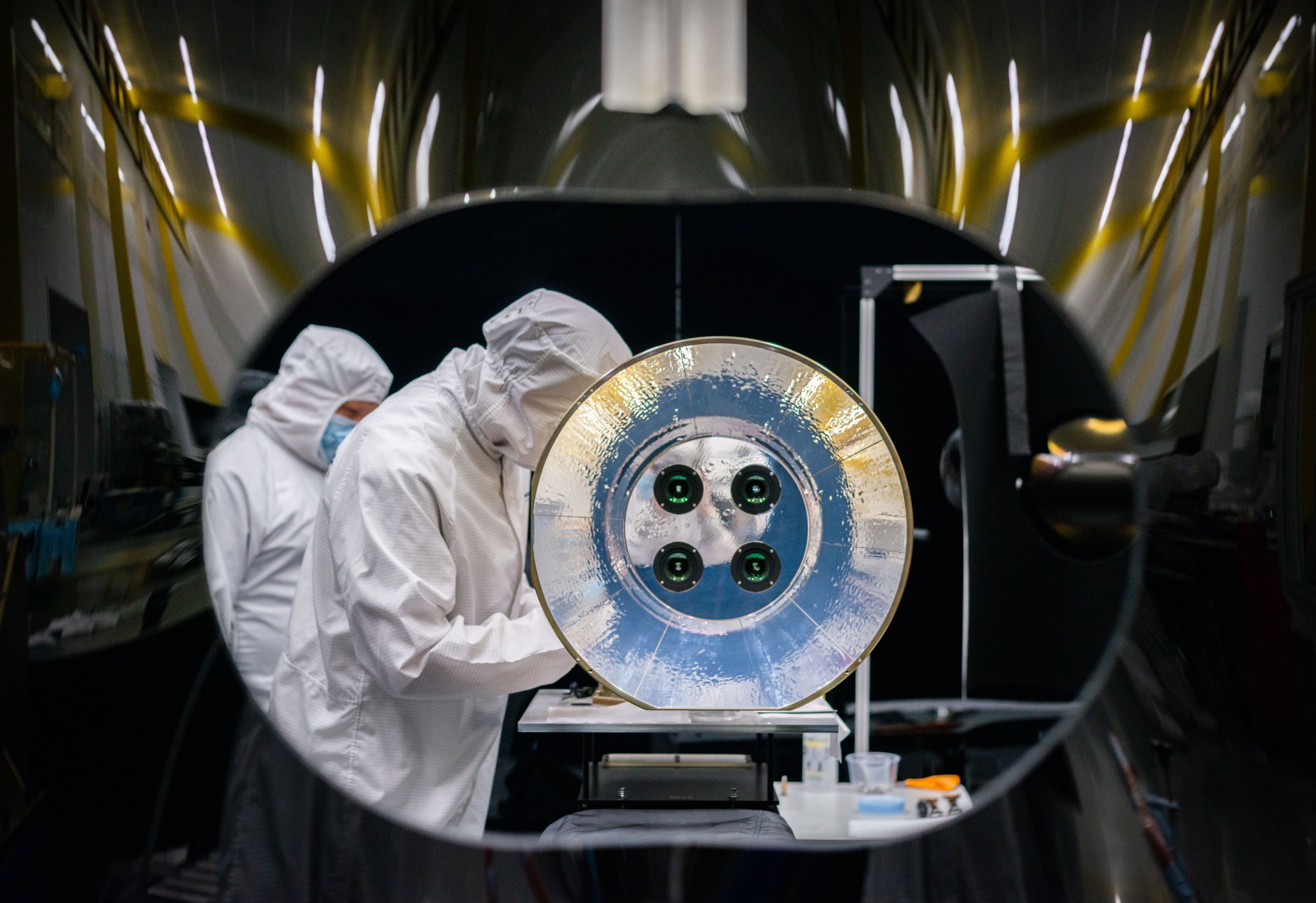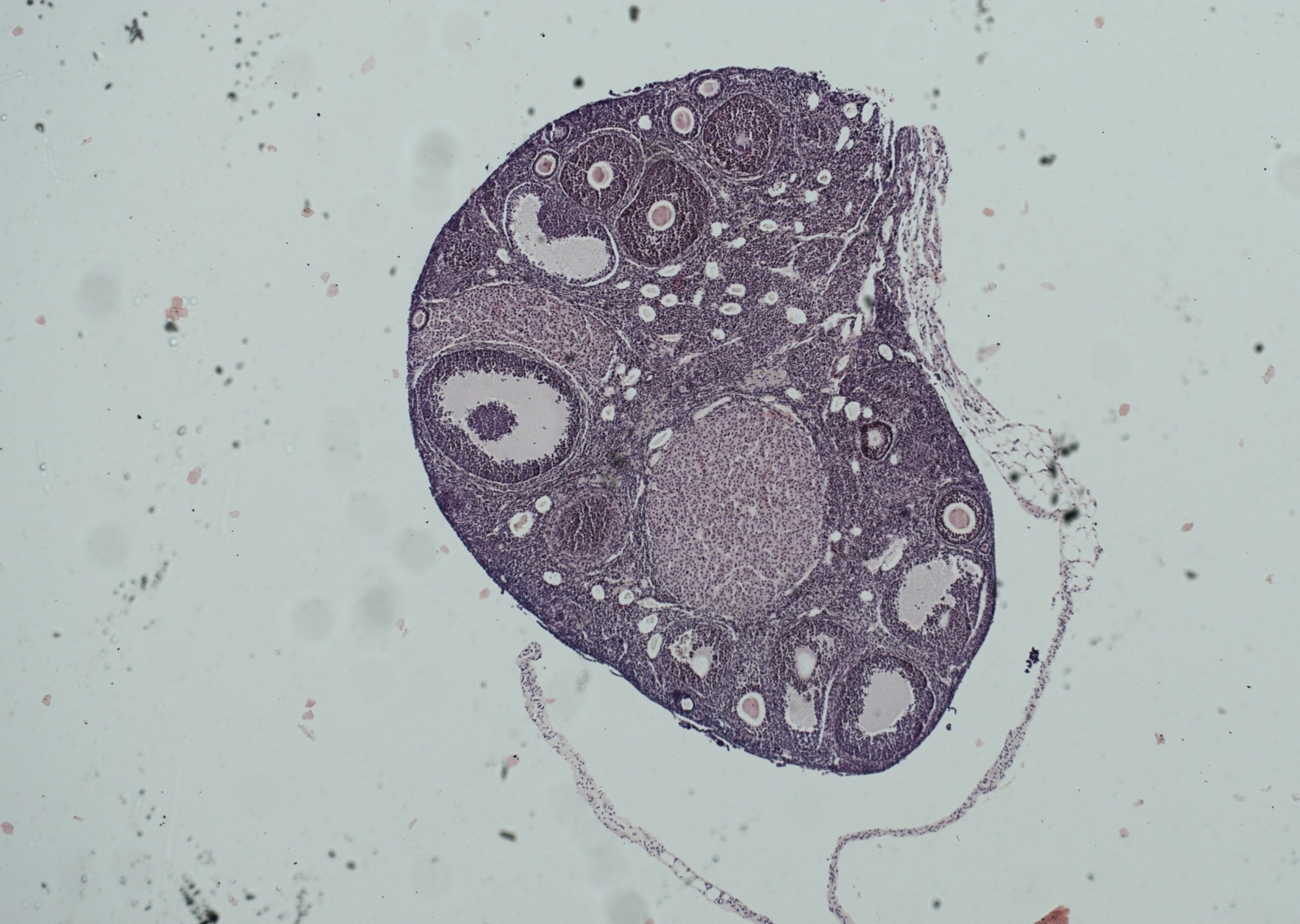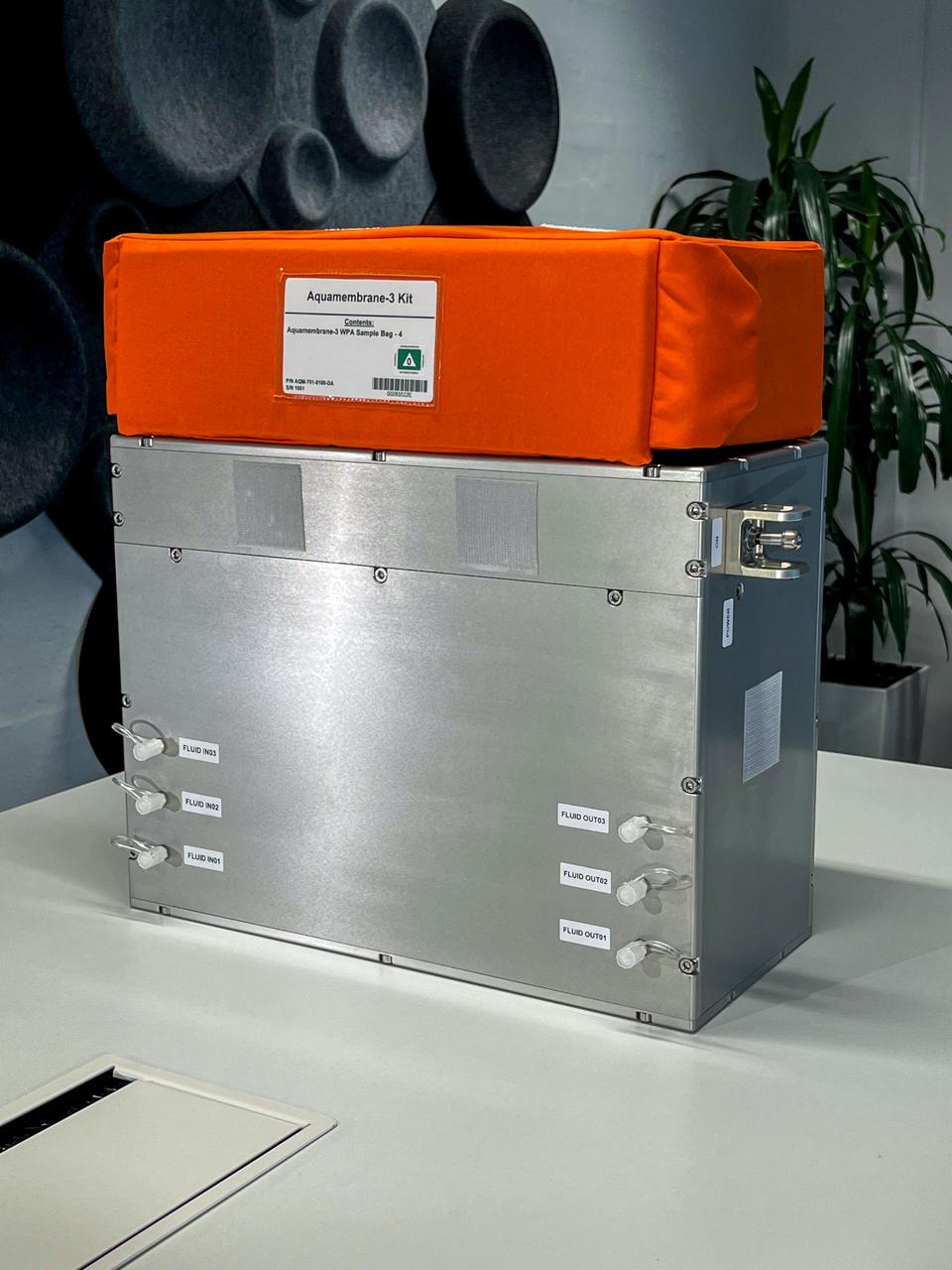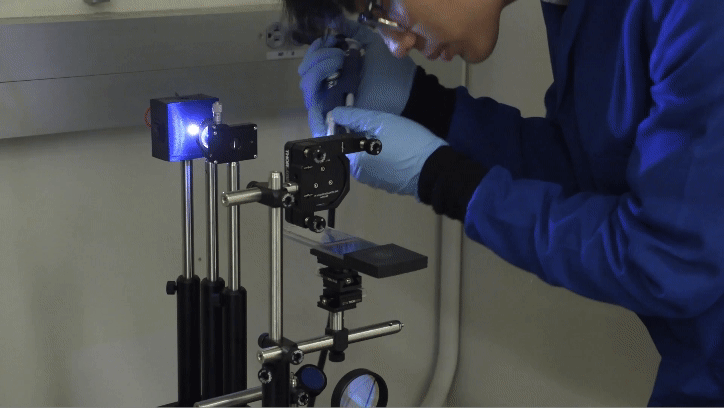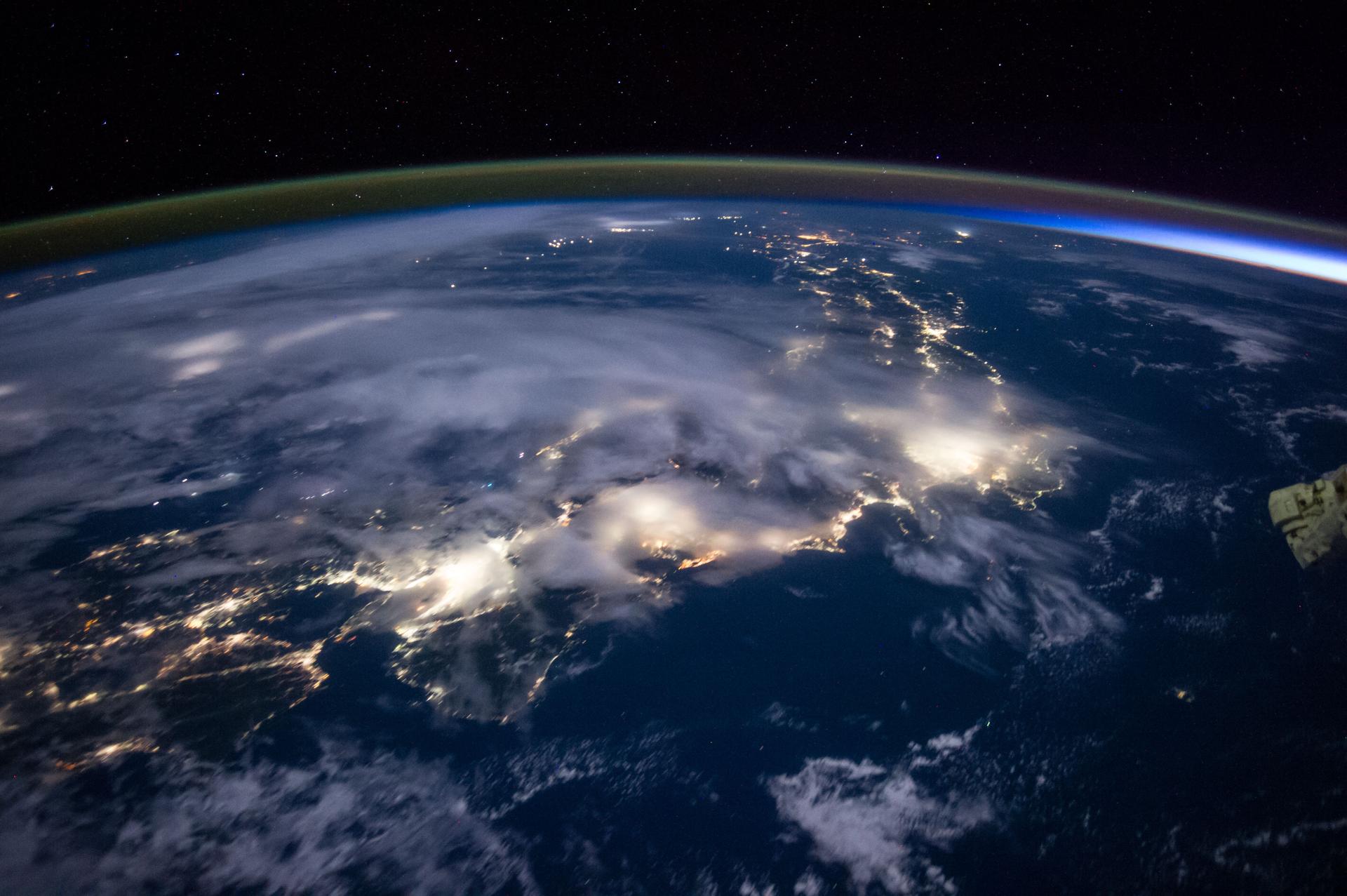The 29th SpaceX commercial resupply services (CRS) mission for NASA carries scientific experiments and technology demonstrations, including studies of enhanced optical communications and measurement of atmospheric waves. The uncrewed SpaceX Dragon spacecraft is scheduled to launch to the International Space Station from the agency’s Kennedy Space Center in Florida no earlier than Nov. 5.
Download high-resolution photos and videos of the research mentioned in this article.
Here are details on some of the research launching to the orbiting lab:
Laser Communication from Space
NASA’s ILLUMA-T investigation tests technology to provide enhanced data communication capabilities on the space station. A terminal mounted on the station’s exterior uses laser or optical communications to send high-resolution information to the agency’s Laser Communications Relay Demonstration (LCRD) system, which is in geosynchronous orbit around Earth. LCRD then beams the data to optical ground stations in Haleakala, Hawaii, and Table Mountain, California. The system uses invisible infrared light and can send and receive information at higher data rates than traditional radio frequency systems, making it possible to send more images and videos to and from the space station in a single transmission. The ILLUMA-T demonstration also paves the way for placing laser communications terminals on spacecraft orbiting the Moon or Mars.
ILLUMA-T and LCRD create NASA’s first two-way laser communications relay system. Laser communications can supplement the radio frequency systems that most space-based missions currently use to send data to and from Earth. According to acting ILLUMA-T project manager Glenn Jackson at NASA’s Goddard Space Flight Center in Greenbelt, Maryland, laser systems are smaller, more lightweight, and use less power than radio systems. The smaller size frees up more room for science instruments, the lighter weight reduces launch costs, and lower power use results in less drain on spacecraft batteries.
Managed by NASA Goddard in partnership with NASA’s Johnson Space Center in Houston and the Massachusetts Institute of Technology Lincoln Laboratory, ILLUMA-T is funded by the Space Communications and Navigation (SCaN) program at NASA Headquarters in Washington.
Watching Waves in the Atmosphere
NASA’s Atmospheric Waves Experiment (AWE) uses an infrared imaging instrument to measure the characteristics, distribution, and movement of atmospheric gravity waves (AGWs). These waves roll through Earth’s atmosphere when air is disturbed much like waves created by dropping a stone into water.
“Atmospheric gravity waves are one mechanism for transporting energy and momentum within the climate system and they play a role in defining the climate and its evolution,” says co-investigator Jeff Forbes of the University of Colorado Boulder. He explains that these waves are relatively small at the source but amplified at altitudes, and potentially indicate climate changes not readily observable at lower altitudes. This investigation’s long-term observations of physical processes in atmospheric circulation could increase insight into AGWs and improve understanding of Earth’s atmosphere, weather, and climate.
Researchers also are looking at how AGWs contribute to space weather, which refers to the varying conditions within the Solar System, including solar wind. Space weather affects space- and ground-based communications, navigation, and tracking systems. Scientists know little about exactly how AGWs influence space weather and this investigation could help fill in these knowledge gaps. Results could support development of ways to mitigate the effects of space weather.
The space station provides an ideal platform for the investigation given its altitude and geographic and time coverage.
“AWE is pioneering research, making the first global measurements of gravity waves at the edge of space,” Forbes says. “This is an important step forward in understanding waves in the atmosphere and their contributions to near-Earth space weather.”
The Atmospheric Waves Experiment is managed by Goddard for NASA’s Science Mission Directorate at NASA Headquarters.
More science going to the space station
Space Flight Induced Ovarian and Estrogen Signaling Dysfunction, Adaptation, and Recovery is a fundamental science investigation sponsored by NASA’s Biological and Physical Sciences Division. It advances previous microgravity studies that seek to better understand the combined effects of spaceflight, nutritional, and environmental stresses on control of ovulation and resulting effects on the skeleton. Results of this study could help identify and treat the effects of stress on ovulation and improve bone health on Earth.
Aquamembrane-3, an investigation from ESA (European Space Agency), continues evaluation of replacing the multi-filtration beds used for water recovery on the space station with a type of membrane known as an Aquaporin Inside Membrane (AIM). These are membranes that incorporate proteins found in biological cells, known as aquaporins, to filter water faster while using less energy. Initial testing of AIM technology in 2015 showed that water filtration by membranes is possible in microgravity, and this follow-up testing could demonstrate how effectively the membranes eliminate contaminants in space station wastewater. Results could advance development of a complete and full-scale membrane-based water recovery system, improving water reclamation and reducing the amount of material that needs to be launched to the space station. This water filtration technology also could have applications in extreme environments on Earth, such as military and emergency settings, and for decentralized water systems in remote locations.
Gaucho Lung, sponsored by the ISS National Lab, studies how mucus lining the respiratory system affects delivery of drugs carried in a small amount of injected liquid, known as a liquid plug. Conducting this research in microgravity makes it possible to isolate the factors involved, including capillary or wicking forces, mucus characteristics, and gravity. Understanding the role of these factors could inform the development and optimization of targeted respiratory treatments. In addition, the work could contribute to new strategies to control contamination in tubing for liquids used in the health care and food industries.
Search this database of scientific experiments to learn more about those mentioned above.
Melissa Gaskill
International Space Station Research Communications Team
Johnson Space Center


























